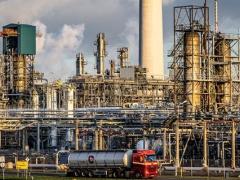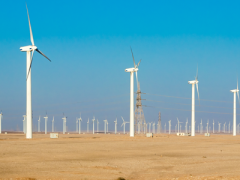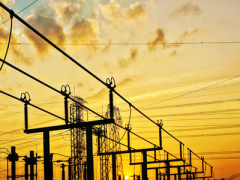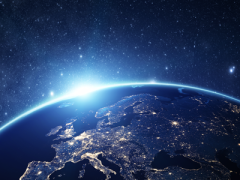Linking water security threats to conflict
In the past decades, the relationship between water issues and conflict risks received much attention, both in the literature and the media. However, reports and publications warning about these issues and risks are not always supported by scientific literature. In its background report to The Geography of Future water Challenges, PBL Netherlands Environmental Assessment Agency provides an extensive overview of the available literature and debates and analyses the certainties and uncertainties in the water and conflict domain.
Water is worldwide essential for nature, people and economic development. As a consequence of climate change, inadequate water management and further growth in both the population and the economy, future water-related risks, such as drought and flooding, are expected to increase in many world regions. In addition to negative economic and social impacts due to weather extremes, the increased competition for water can result in social and political tensions and conflicts. The role and contribution of water and climate in emerging conflicts is not always clear and continues to be debated in the scientific literature.
Four different angles
Our extensive examination of the scientific literature shows that definitions, methodology, assumptions and temporal and spatial scales differ widely between the various studies.
Differences in research approach understandably may result in differences in appreciation of the interaction between water, climate and conflict risks.
In our report, we distinguish four angles found in the scientific literature: i) water and climate are exacerbating existing risks and increasing conflicts risks; ii) water and climate are some of the drivers of risk, in a complex and location-specific setting; iii) water and climate are a negligible factor in conflict; and, finally, iv) water is used as a weapon in conflict situations.
10 mechanisms relating water to conflict
Trying to bring more clarity in the debate and transcending the four angles, we identified 10 mechanisms in the scientific literature that relates water to conflict risk.
In most mechanisms, water has an indirect impact; drought and flooding, for example, increase poverty, which, in cases of already existing inequity, may increase tensions among the population. In addition, drought may also cause food prices to peak, which particularly affects the poor and destabilises communities, sparking conflict and violence.
In our report, these mechanisms are conceptualised as pathways. To characterise the state of the art in science, we applied the IPCC method and, for each pathway, assessed the scientific evidence as well as the scientific agreement.
Authors
Specifications
- Publication title
- Linking water security threats to conflict
- Publication date
- 7 August 2018
- Publication type
- Publicatie
- Publication language
- Engels
- Product number
- 3039




